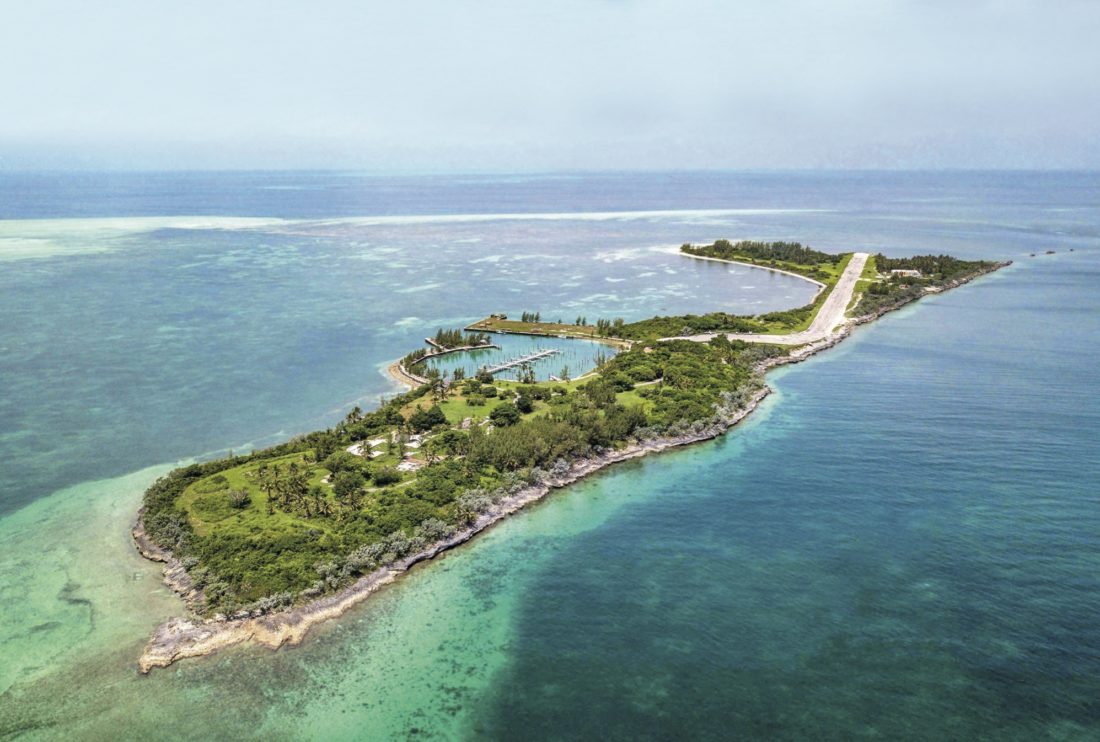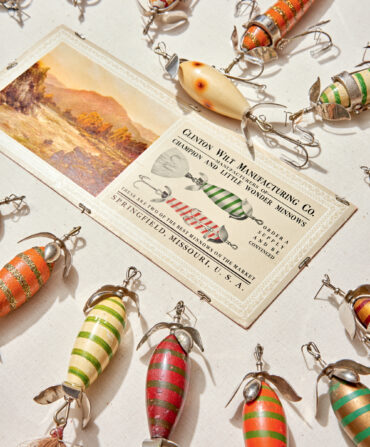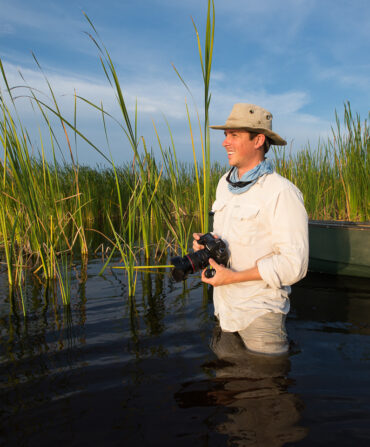Demolished by Hurricanes Frances and Jeanne in 2004 and abandoned for the next fourteen years to molder in the tropics, Walker’s Cay is coming back. Purchased in April 2018 by the Texas businessman and philanthropist Carl Allen, the one-hundred-acre resort is arguably the world’s most famous saltwater fishing destination. From the late 1960s until it was shuttered after the storms, the tiny island, just a hundred miles off the coast of Florida, served as the hub around which the northern Bahamian fishing industry revolved. It was home to big-ticket tournaments, such as the famed Bertram-Hatteras Shootout and the Bahamas Billfish Championship, and a bucket-list destination for anglers who dreamed of bonefish, permit, and tarpon. The island gained even wider acclaim due to the saltwater fly-fishing pioneer Flip Pallot, host of The Walker’s Cay Chronicles, which debuted on ESPN in 1992 and during its fifteen-year run was often the highest-ranked outdoor show on television.
The show, Pallot says, was a lyrical jumping-off point for discovery, and it became a touchstone for a lifestyle built around and infused with a passion for saltwater fishing. “That show provided a sort of alchemy that had never been seen on television,” he explains, “and Walker’s Cay itself was the crucible that made it all possible. The moment was perfect, and Walker’s Cay was perfect for the moment.”
Allen, who’s now fifty-five, first visited Walker’s Cay when he was twelve, on a trip with his stepfather. He remembers parrots careening through the trees and wreckage from old airplanes scattered about the island. “I thought I was in heaven,” he recalls. “I visited many times as an adult, so in a way, it’s taken me about forty-three years to buy this island.”
When news broke that Walker’s Cay had changed hands, concern welled up in the saltwater fishing world. Such a place is keenly suited for a private getaway. “But the history of the island is very important to me,” Allen says. “The owners were looking for someone to keep the heritage alive.” Having worked his way up from the production floor to CEO of the Texas-based Heritage Bag Company, Allen bought the industrial giant in 2005. He sold it in 2016, channeling the proceeds into a fleet of oceanic craft to support his passions of treasure hunting and marine science. Merging his love of fishing and his own history on the island, bringing back Walker’s seemed an especially fitting new venture.
Allen plans a soft opening for the rebuilt Walker’s Cay Marina sometime this summer, including dockage for six yachts up to 180 feet long and more than seventy slips for other craft. Next on his list is a new restaurant and bar, and a complex of villas for overnight lodging. Once completed, projected for 2021, Walker’s will again offer fishing charters with local guides, and Allen’s wife, Gigi, is overseeing the restoration of its chapel for private weddings.
The timeline is a bit more protracted than Allen first envisioned, but as the resort’s recent past has shown, even the best-laid plans can quickly go awry in the storm-ridden Bahamas. When Hurricane Dorian roared across last year, the strongest hurricane on record to hit the Bahamas, it slammed the northern Abacos and Walker’s Cay. Allen made it to his island five days after the storm. “There was a moment when we first pulled up,” he says, “when I thought: Oh, my God, I’ve bitten off more than I can chew. I immediately realized that we needed to focus on the people of Little Grand Cay. They are our neighbors, and they were walking around with complete devastation in their eyes.”
Allen idled the restoration work at Walker’s and diverted all resources to relief efforts. He started a GoFundMe page with a $500,000 match, raising $1 million, and deployed Allen Exploration’s fleet, including a 164-foot and a 183-foot vessel, to ferry a million pounds of food, water, and building supplies to Little Grand Cay, paying locals directly for cleanup and rebuilding labor. “And the result is incredible,” he says. “You can go there now and the island is relatively spotless.”
For the new Walker’s Cay, Allen plans to build resiliency into each square foot. The lowest point of any structure will be eight feet above sea level. Floating docks are designed to handle a storm surge of ten feet or better. He’s converting the resort’s operations from diesel power to natural gas, and looking into aerobic digestion technology to handle trash. “The damage I saw after the storm was mainly a construction issue,” Allen says. “I’m going to have this place the rest of my life, so I’m rebuilding it to take everything nature can dish out.”








